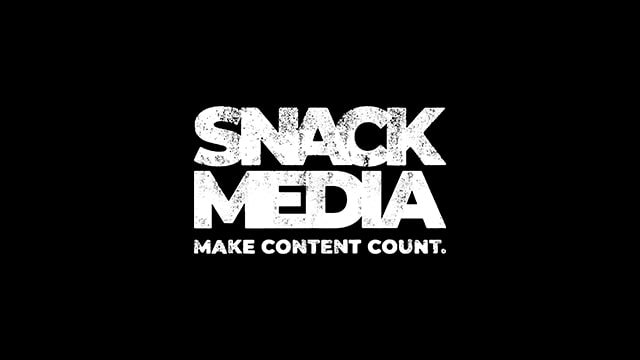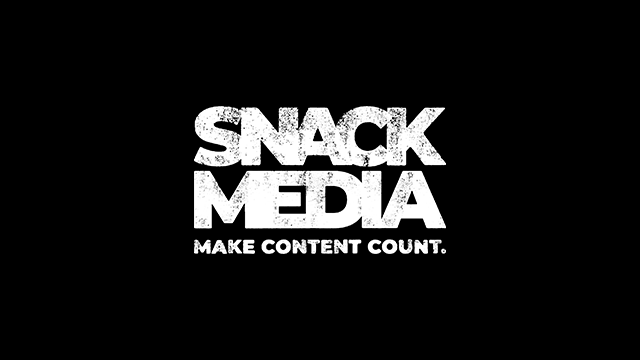The value of a well-structured content marketing strategy cannot be overstated. An effective method for building brand awareness and loyalty, and consequently drive sales, content marketing is a useful tool no matter the size of your business; however, creating the perfect strategy can be tricky. Here are our top five ways to fine-tune your content marketing strategy:
1. Call to action
Your content needs to be engaging; you need to position your website, blog and Facebook and Twitter pages as reliable sources of compelling, authoritative and relevant information.
This alone is not enough, though – nine times out of 10 you should include a call to action, encouraging readers to interact with your content. This will ensure that your content stays in the public sphere for longer, and could take the form of:
- A question, encouraging readers to leave a comment
- A link, pointing to further information
- A competition
- A request for readers to like or share a post (if on Facebook)
High quality, engaging content, which encourages interaction is a quick, effective way of promoting your brand.
2. High-value links
The content you create represents a good opportunity to build backlinks to your site, further optimising your site for search engines – a good example of the crossover between content marketing and SEO.
However, while it’s important to include links to relevant pages on your own site, there is a fine line: include too many ‘self-promotional’ links and search engines will begin to disregard your content. To avoid this, include links to third party sites.
When deciding on which third party links to include consider which ones will add value. Build loyalty and trust among your readership by utilising links that complement your content.
3. Credibility
To attract clients or customers you need to position your brand as an authority. Spelling and grammar mistakes are a sure-fire way to lose credibility and authority. Similarly, even the smallest mistakes can make you appear amateurish. It’s highly recommended that you triple check all copy before publishing.
A useful rule of thumb is to imagine standing in front of your audience: if you’d happily read your post/blog/update out loud in front of all those people it’s probably safe to publish.
4. Purpose and direction
Many brands fall into the trap of publishing reams of ‘directionless’ content, both on and offline, in the hope some of it will hit the mark and achieve their overall aims. It is far more effective to carefully consider what you want to achieve with each piece of content before you begin – better to throw one carefully-aimed dart rather than six or seven with your eyes closed.
Try creating pieces of content around specific calls to action rather than tacking calls to action onto the end of existing content. If you have a clear vision of the action(s) you want your readers to take before you start writing (for example download an ebook, buy a product or sign up for a newsletter), you can easily create content with purpose and direction.
5. Over-sell = overkill
It’s tempting to constantly promote your products or services by making adverts or offers a central part of your content marketing strategy. While this type of content is important, it’s easy to go overboard. Over-selling can lead to overkill and your readers being driven away. Avoid this by drip-feeding select ‘titbits’ of information to your readers: the goal is to keep them coming back to your site.
***
Content marketing is a powerful tool in your armoury but it does require careful management. Contact us to find out how Snack Media can help you get the most out of your content marketing strategy.






